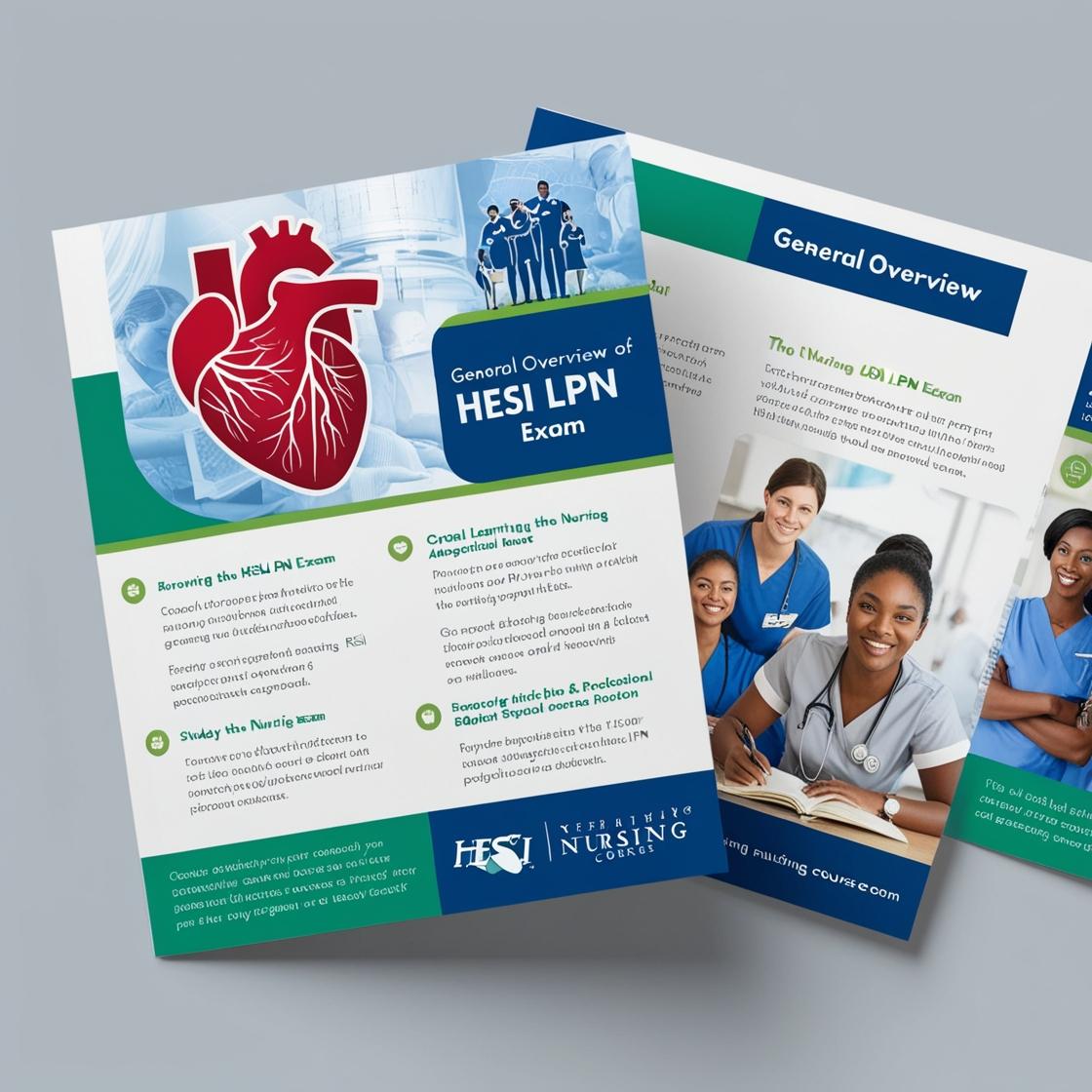HESI LPN
HESI PN Exit Exam 2024 Quizlet
1. A client on bedrest refuses to wear the prescribed pneumatic compression devices after surgery. Which action should the PN implement in response to the client's refusal?
- A. Emphasize the importance of active foot flexion
- B. Check the surgical dressing
- C. Complete an incident report
- D. Explain the use of an incentive spirometer every 2 hours
Correct answer: A
Rationale: The correct action for the PN to implement when a client refuses pneumatic compression devices is to emphasize the importance of active foot flexion. Active foot flexion exercises can help prevent deep vein thrombosis (DVT) in clients who are not using the compression devices. Encouraging some form of circulation-promoting activity is crucial to reduce the risks associated with immobility. Checking the surgical dressing (Choice B) is important but not the immediate action to address the refusal of compression devices. Completing an incident report (Choice C) is not necessary in this situation as the client's refusal is not an incident. Explaining the use of an incentive spirometer (Choice D) is not directly related to addressing the refusal of compression devices for DVT prevention.
2. What is the most common cause of hyperthyroidism?
- A. Graves' disease
- B. Hashimoto's thyroiditis
- C. Thyroid nodules
- D. Pituitary adenoma
Correct answer: A
Rationale: Corrected Rationale: Graves' disease is the most common cause of hyperthyroidism. It is characterized by an overactive thyroid gland due to autoantibodies stimulating the thyroid. Hashimoto's thyroiditis is actually a cause of hypothyroidism, not hyperthyroidism. Thyroid nodules and pituitary adenoma are not common causes of hyperthyroidism.
3. What is the primary reason for applying sequential compression devices (SCDs) to a patient’s legs postoperatively?
- A. To prevent deep vein thrombosis (DVT)
- B. To promote wound healing
- C. To reduce postoperative pain
- D. To maintain body temperature
Correct answer: A
Rationale: The correct answer is A: To prevent deep vein thrombosis (DVT). Sequential compression devices (SCDs) are used postoperatively to prevent DVT by promoting blood circulation in the legs. This helps reduce the risk of blood clots forming in the deep veins of the legs. Choice B, to promote wound healing, is incorrect as SCDs are primarily used for circulatory purposes rather than wound healing. Choice C, to reduce postoperative pain, is incorrect as the primary purpose of SCDs is not pain management but rather prevention of DVT. Choice D, to maintain body temperature, is incorrect as SCDs are not designed for regulating body temperature but for preventing circulatory issues.
4. At the first dressing change, the PN tells the client that her mastectomy incision is healing well, but the client refuses to look at the incision and refuses to talk about it. Which response by the PN to the client's silence is best?
- A. You will feel better when you see that the incision is not as bad as you may think.
- B. It's OK if you don't want to look or talk about the mastectomy. I will be available when you're ready.
- C. Part of recovery is accepting your new body image, and you will need to look at your incision.
- D. Would you like me to call another nurse to be here while I show you the wound?
Correct answer: B
Rationale: Acknowledging the client's feelings and providing emotional support without pressuring them to look at the incision is important. Choice B is the best response as it respects the client's emotional readiness to confront their body image changes. The client's autonomy and emotional needs are prioritized in this response. Choice A may invalidate the client's feelings by assuming the incision is not as bad as they think, potentially dismissing their emotions. Choice C is insensitive as it imposes a particular view of recovery on the client, disregarding their current emotional state. Choice D may escalate the situation by suggesting the need for another nurse, which could make the client feel uncomfortable and pressured.
5. A nurse is completing a focused assessment of an older adult's skin. The nurse notes a crusted 0.7 cm lesion on the client's forehead. Which action should the nurse take in response to this finding?
- A. Report the finding to the healthcare provider
- B. Place a clear occlusive dressing over the site
- C. Apply a warm compress to remove the crusted area
- D. Explain that this is a normal skin change with aging
Correct answer: A
Rationale: A crusted lesion, especially in an older adult, could be indicative of skin cancer or another serious condition. Therefore, reporting this finding to the healthcare provider is crucial for further evaluation and appropriate management. Placing an occlusive dressing (Choice B) could prevent proper assessment and treatment. Applying a warm compress (Choice C) may not be suitable for a suspicious skin lesion as it could worsen the condition. Explaining it as a normal skin change (Choice D) without proper evaluation can delay necessary interventions and potentially harm the patient.
Similar Questions

Access More Features
HESI LPN Basic
$69.99/ 30 days
- 50,000 Questions with answers
- All HESI courses Coverage
- 30 days access @ $69.99
HESI LPN Premium
$149.99/ 90 days
- 50,000 Questions with answers
- All HESI courses Coverage
- 30 days access @ $149.99
